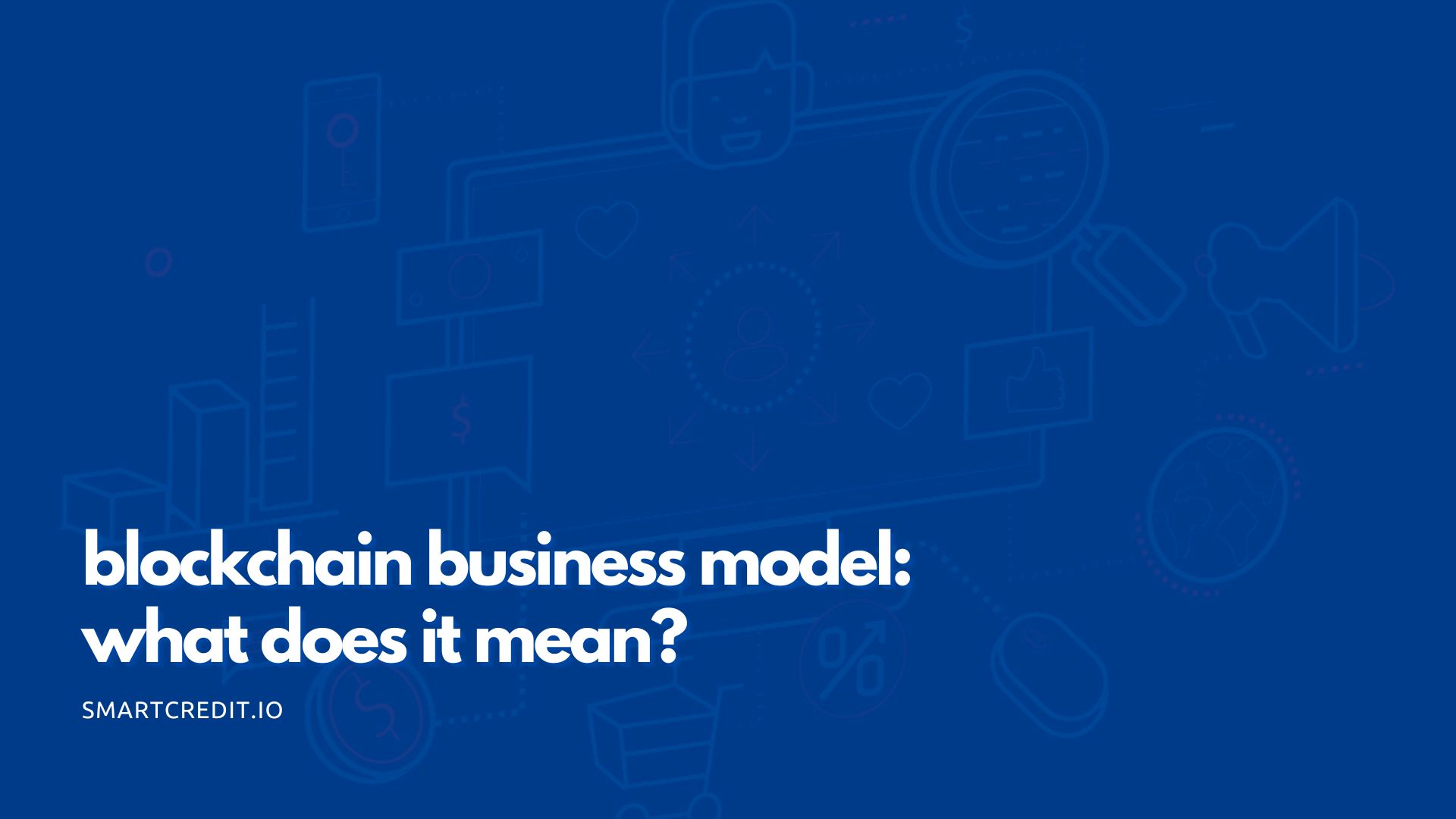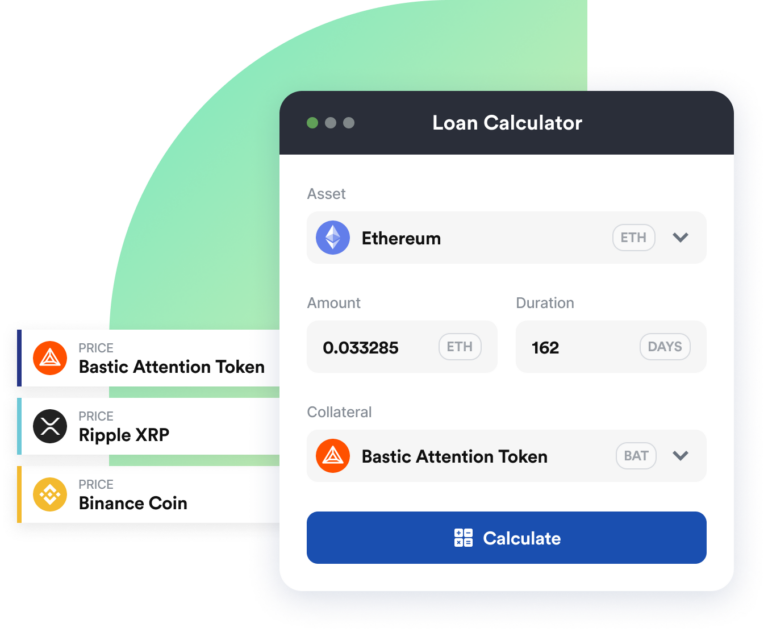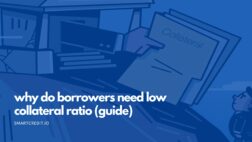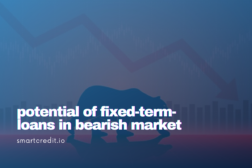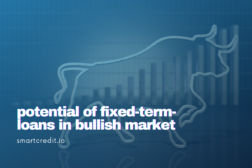There is more and more to talk about the Blockchain Business Model. But, what does it mean? What are the differences in Blockchain business models and other business models?
The following key types of business models exist:
- Traditional business models have a lot of manual processing. The key success factor for these businesses was the scale effect – growing bigger will reduce the unit costs, which results in a competitive advantage
- Digital Business Models are based on centralized data processing. These models will disintermediate traditional business models. The Internet network facilitated free communication, but it enabled centralization based business models (let’s think on Google, Facebook, and Amazon). Network effects were the key success factor for these businesses – the value of a network grows in the square of the user’s growth ratio – for example, if the user’s number grows 2 times, the value of the network grows by 2×2 = 4 times. It’s about growing bigger, but not because of the scale effects, but because of the network effects.
- Crypto Business Models or Blockchain Business Models are based on decentralization and network effects. They will disintermediate Internet Business Models via decentralization as opposed to the centralization.

This article will look at the following topics:
- What is Blockchain?
- What is the digital business model?
- What is the Blockchain business model?
The difference between these models is the degree of the digitalization and centralization/decentralization. Here are the details:
Blockchain: What is it?
Blockchain is a distributed immutable transaction ledger. Blockchain is solving the trust problem where multiple “writers” are changing a distributed database decentrally. Usually, we do have trust issues in decentral access to the distributed data – some parties might change the data for their advantage. However, Blockchain is a genius innovation, which solves this trust problem via the usage of cryptographic algorithms.
Blockchain innovation results in a distributed database, where decentral users can work simultaneously and execute immutable transactions on the underlying Blockchain. The key here is the decentralization. This decentralization allows reversing the centralization of the companies and data processing, which arrived with the Internet age (let’s think here on Google, Amazon, and Facebook).
Digital Business Model: What is it?
Digital Business Model or Internet Business Model refers to a business that is run in a fully digital way. There are different degrees of digitalization:
- Client orders – are they received in a digital way?
- Orders to suppliers – are they submitted in a digital way?
- Internal processes – are they fully digital?
- Goods and services to the clients – are they delivered in digital form?
If all these four areas are digital, then the result is a highly scalable business – let’s think here on Google and Facebook. Usually, not all four areas are fully digital, but the areas with standardizable interactions get digitalized. The non-standardizable interactions will remain in manual processing.
Let’s visualize this with one concrete example – all central Internet players are building data collections about every user – users will leave a lot of trails during the Internet browsing. These data collections are analyzed and clustered, which enables very low granular Internet adds targeting.
Central Internet players will monetize aggregated user’s data, however, they don’t pay their users at all. Only central players are benefitting from the data. The more data they will have the more benefits they will have, too.
The opposite would be a decentralization model. This would mean that the user controls his own data, and the user will decide to whom to sell his data. Every user could then earn money from Google or Facebook by selling their own data.
Obviously, a decentralization based business model would be much fairer for the general population compared with a centralized business model. The decentralization based business models were rare because of the technology infrastructure was missing. However, this technology is here now in the form of the Blockchains.
Blockchain Business Model: What is it?
A Blockchain Business Model is based on the blockchain in the same way as the Internet business model is based on the Internet. For Internet Business Models the key is the centralization of the data. However, Blockchain Business Models are based on the decentralization of the data and processing.
Blockchain business models had a big hype in 2017/2018. Our thesis, which is getting validated more and more, is that it’s all about the cash-flows. The Blockchain businesses, which do generate cash-flows, will prevail. Other businesses will just fade out, in the same way as this happened in the Internet bubble in 2000.
Here is the list of Blockchain business models, which generate revenues already now:
Financial use cases
- General Blockchain with the transaction fees – Users have to pay transaction fees for using the Blockchain services. Usually, these fees are allocated to the “miners“, which keep the integrity of the Blockchain. The more demand for specific Blockchain, the more fees, and demand for the native Blockchain token
- Store of value – Our fiat monetary system base-money (central banking money) is highly manipulated by the central banks, which leads to continuous value losses in the fiat money. The supply of Blockchain native tokens is not manipulatable (Bitcoin, Bitcoin Cash, Ethereum), which creates the store of value for these native tokens. That’s especially the case for the Bitcoin – for the “digital gold“
- Crypto Payments – Fast and very cheap cross-border payments. In traditional finance, the banks or money transmitters are charging high fees. However, these high fees are not required anymore, they will be replaced with the Blockchain fees. Some service providers are offering the fiat conversion and are charging a service fee
- Crypto Exchange – Exchanging digital assets into other digital assets and into the fiat currencies, the platform will get a service fee
- Crypto Lending – Lending and borrowing crypto assets, the platforms will get a service fee
- Fiat Proxies – Using the stablecoins for the payments instead of the fiat money. In the case of algorithmic stablecoins (DAI), the issuers will receive the service fees. In the case of the asset-backed stablecoins, the providers will receive interest income on the respective assets.
- Tokenization of the Assets – traditional finance has stocks and bonds, which are actually tokenized assets with the means of traditional finance. However, Blockchain allows even more granular tokenization. For example, let’s think about the real assets tokenization – individuals can invest small amounts into different real estate tokens and diversify their risks so. The issuers will get a service fee.
- Privacy Coins (non-traceable coins for non-traceable payments) – these coins are based on the special Blockchain, where the coin transfers are not traceable. This enables anonymous payments, which are not possible anymore in the traditional finance.
Our observation is that many functioning Blockchain business models are based on finance. This was analyzed in the blog article “Blockchain-based financial system – Are we ready?”
Non-financial use cases
- Supply Chain Management – it is about the tracing of the special parts, medicaments, or food deliveries. Platform providers will charge a fee
- Gaming – here it’s about the full ecosystem around the gaming for buying the in-game assets, for exchanging the in-game assets. The providers will get a service fee
- Prediction Markets – centralized prediction markets exist, here it’s about decentralized prediction markets. The providers will get a service fee
- Resource sharing (storage/computing power) – the users will share their decentral resources and will get paid for sharing their resources
- My data is only my data – users sell their data – be it their browsing data or their medical history
Summary
Many revenue-generating Blockchain business models have evolved. The key in these models is decentralization as opposed to centralization.
